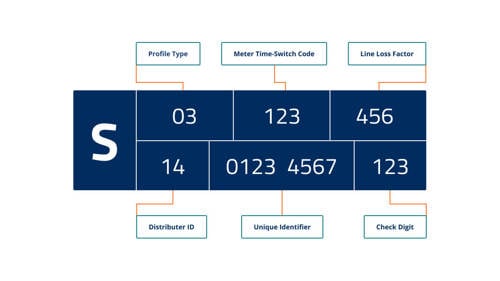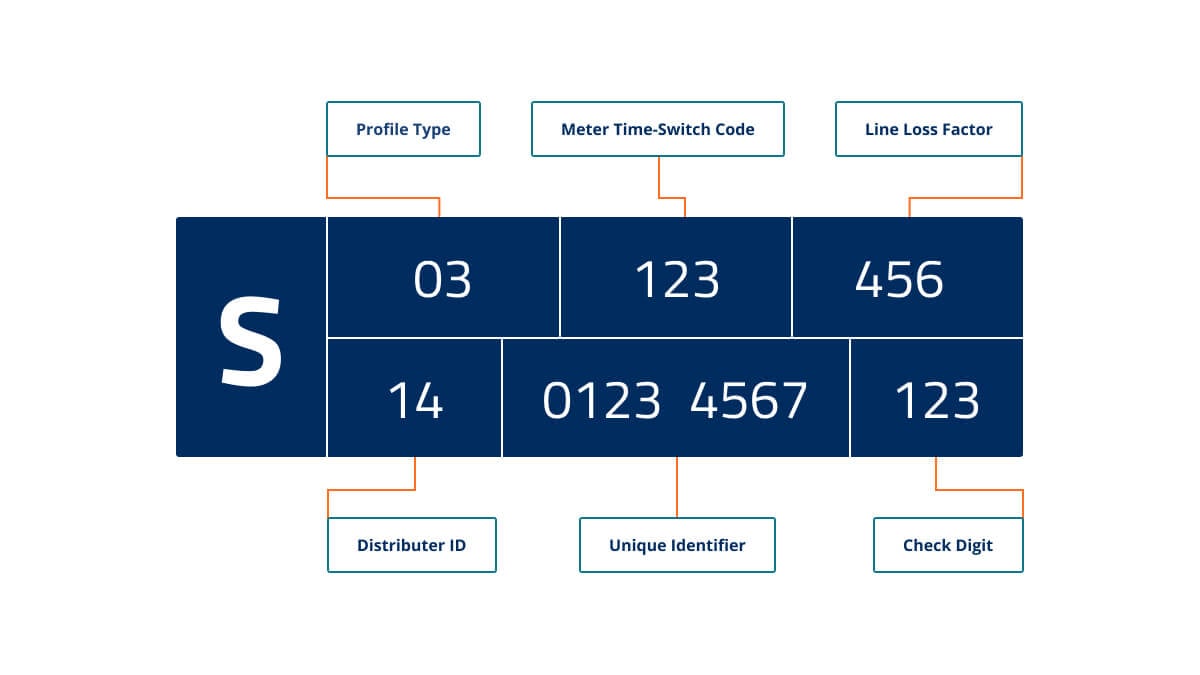MPAN and MPRN Numbers Explained
MPANs and MPRNs are numbers used to monitor your business' electricity and gas consumption, so it's vital you know what yours are, and where to find them.







Suppliers often ask for a meter number to identify your gas and electricity supply. These meter numbers are known as Meter Point Administration Number (MPAN) and Meter Point Reference Number (MPRN).
Each premise/meter has a unique number. They are often asked to help confirm your location and supply details when you switch to a new gas or electricity supplier.
Our guide below explains what they are and why Business Electricity Prices may ask for them during your commercial switch.
What Is an MPAN Number?
Meter Point Administration Number (MPAN) is sometimes referred to as an electric supply number or an ‘S’ number. Each commercial electricity meter has its own unique MPAN assigned upon meter installation.
MPAN numbers are 21 digits long. This includes the unique identifier, or core MPAN, which is 13 digits long, and is usually what you are asked to share. There is also an 8-digit ‘supply line’ included, this is displayed first.
The core MPAN includes a 2-digit Distributor ID, an 8-digit unique identifier number, 2 more digits and a final check digit.
Below is an example of an MPAN number.

What Do the Numbers in My MPAN Mean?
Your MPAN is divided into your 8-digit supply line number and 13-digit core MPAN.
Supply Line Number
The fist line of the MPAN contains information for your electricity distribution network. It houses the Profile Class, Time-to-Switch and Line Loss Factor information.
Profile Class
The two numbers that come after the ‘S’ at the beginning of your MPAN designate your profile class. Electricity meters are divided into eight categories or profile classes:
- Profile Class 1 (01): Domestic Unrestricted;
- Profile Class 2 (02): Domestic Economy 7;
- Profile Class 3 (03): Non-Domestic Unrestricted;
- Profile Class 4 (04): Non-Domestic Economy 7;
- Profile Class 5 (05): Non-Domestic Maximum Demand (Peak Load Factor of less than 20%);
- Profile Class 6 (06): Non-Domestic Maximum Demand (Peak Load Factor of between 20% to 30%);
- Profile Class 7 (07): Non-Domestic Maximum Demand (Peak Load Factor of between 30% to 40%);
- Profile Class 8 (08): Non-Domestic Maximum Demand (Peak Load Factor (LF) of above 40%);
- Profile Class 00: Half-hourly (Customers with peak load usage above 100kW)
These categories determine how much energy you receive and indicate your tariff. Half-hourly meters are usually assigned to intensive energy-using companies. Non-Domestic Economy 7 meters indicate you will pay a cheaper rate at night and a more expensive rate during the day. Maximum Demand customers require the highest available supply of energy to their business premises.
Bear in mind that if your business operates from your home, you will likely have a domestic meter.
Load Factor in essence is a description of how your premise uses electricity and is calculated as a ratio.
Meter Time Switch Code
The next 3-digits are known as the Meter Time Switch Code. They refer to the number of registers your meter has.
Line Loss Factor (LLF)
The following 3-digits relate to the line loss factor. This identifies the costs that will be charged by your distribution centre for supplying to your premises.
Core MPAN number
The core MPAN, also known as the unique identifier, is 13 digits in the bottom half of the MPAN number. It is made up of three parts.
Local Distribution Network
The first 2 digits of the core MPAN signify the local distribution network which provides your electricity. This is known as the distributor ID.
Meter ID
The next 8 digits are the meter ID, they used to identify the location of your meter.
Check Digits
The final 3 digits are called the check digits. They are used to verify your meter, based on the distributor and meter id numbers.
How Can I Find My MPAN Number?
The easiest way to find your MPAN number is to check a recent business electricity bill. On most bills, it will be in a box marked ‘supply number’.
If you don’t have a bill yet, you can contact your local Distribution Network Operator (DNO) who can tell you. You can find your local DNO contact information at the Energy Networks Association.
What Is an MPRN Number?
An MPRN is a number assigned to each gas meter. It is also unique and sometimes referred to as an ‘M’ number. MPRN stands for Meter Point Reference Number.
MPRN numbers are up to 10 digits long.
How Can I Find My MPRN Number?
Your MPRN will be displayed on your commercial gas bill. It will usually be in a box marked ‘Meter point reference number’. Not to be confused with your customer account number, which is assigned by your energy supplier.
Sometimes, your MPRN number may be on your commercial gas meter.
If you don’t have a recent bill, you can find your MPRN by going to Find My Supplier. All you need is your commercial postcode.
Use Your Energy Meter Number to Reduce Your Business Energy Bills
Once you have your MPAN and MPRN numbers, you can switch to a new commercial energy contract.
To find out how much you could save, compare the latest energy prices using our free energy comparison engine and compare the business energy quotes our panel of suppliers can offer.
At Business Electricity Prices, we can help you access great tariffs from a huge range of energy suppliers. Once you've chosen the deal that's right for you, we'll even manage your switch for you.
To find out how much you could save, compare the latest energy prices using our free energy comparison engine.
At Business Electricity Prices, we can help you access great tariffs from a huge range of energy suppliers. Once you've chosen the deal that's right for you, we'll even manage your switch for you.